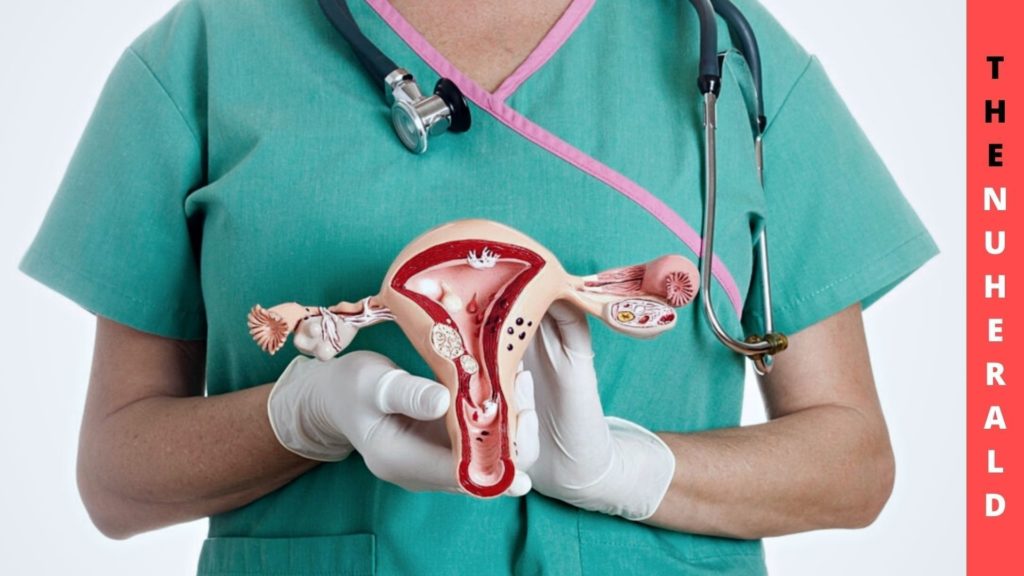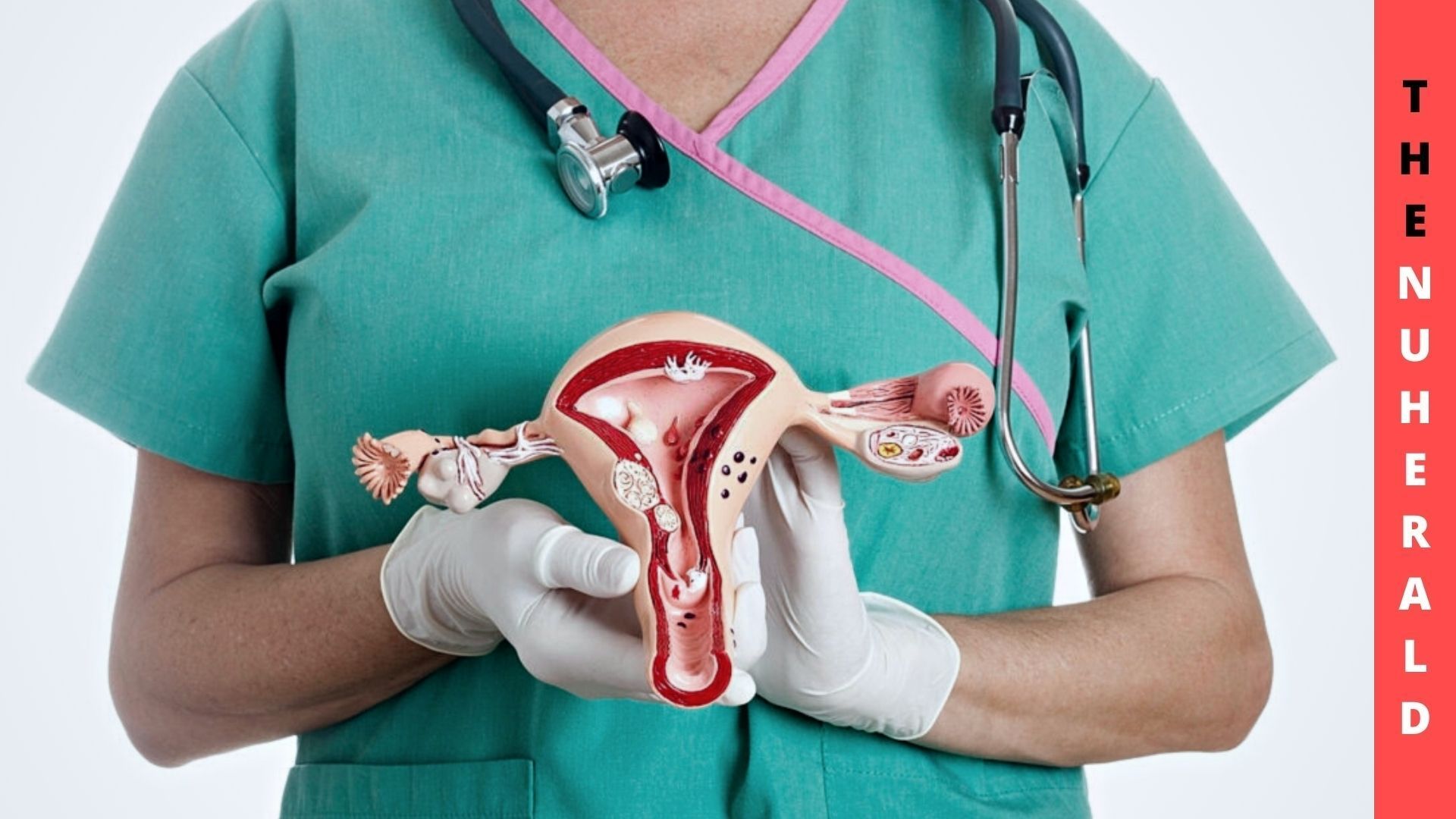Tammy Kaminski was one of the volunteers after the 9/11 attacks. She had volunteered for 8 hours every Saturday for nine months. There, she was exposed to carcinogenic toxic substances like benzene which is a by-product of burning jet fuel, asbestos from the lingering smoke and ash. She is a chiropractor who lives in West Calvin, New Jersey.
Patients With Uterine Cancer Overlooking 9/11 Benefits May Now Be Able
In 2015, she was diagnosed with uterine cancer but she did not get any help for it like what the other volunteers were getting. Even her doctors believed that her endometrial cancer may somehow be related to the time she spent volunteering after the 9/11 attacks; endometrial cancer was not covered by the Federal Health Insurance and monitoring program at that time.

However, in November, it was unanimously approved by an advisory committee to include uterine cancer on the list of diseases that the program would cover. This program was for volunteers and for those people who were there during the terrorist attack. It is only cancer that was not covered by the program and a final ruling regarding this matter is expected by mid-2022. Hormone-related cancer may develop after exposure to benzene, an endocrine-disrupting chemical, which was found in lower Manhattan for months after the terrorist attack.
The number of conditions that will be covered by the program is decided by the World Trade Center health program and it includes those conditions which are more prevalent among the people affected by the attack and the volunteers. This is a problem because only 22% out of the 109,500 people enrolled in the program are women. Although it is estimated that at least 500000 people were affected by the toxic substances. Only 28% of the enrollees are survivors of the attacks and they are the ones who were directly affected by the attack.
The rests are first responders and volunteers and most of these volunteers are men. It cannot be proved that Kaminski’s cancer was caused due to exposure to toxic substances when she volunteered because not enough women are enrolled in the program to collect data to get a definitive result. This is the reason why many advocates and experts want uterine cancer to be included in the program.
Doctor Iris Udasin said that the exclusion of uterine cancer was not because women’s health was not prioritized but it was because the health conditions of men were mostly studied and that was how cancers were added to the list. But the new evidence suggests that endocrine-disrupting chemicals increase the risk of uterine cancer which is a hormone-related tumor.
Uterine Sarcoma, which is also a kind of uterine cancer, was included in the program under a ‘rare cancer’ category and endometrial cancer can now be included as well. Also, the research on this cancer is underfunded. This cancer is not prioritized much because it has a high survival rate. Around 70,000 women are diagnosed with uterine cancer every year and its incidences have been increasing over the past 20 years. Compared to other cancers, a patient with uterine cancer has a high rate of survival but a late diagnosis cancels this benefit.
A lack of research was what led to a lack of data causing the exclusion of uterine cancer from the program. Among people who had volunteered and who had survived the attack, 8 cases were found who had been diagnosed with Uterine Cancer. One of them has even died due to it. Kaminski has received a hysterectomy and chemotherapy and her cancer is now in remission.
